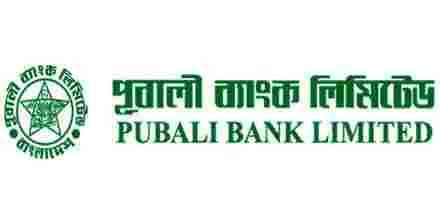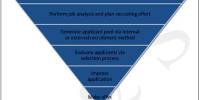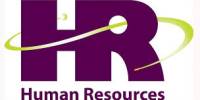The principle objective of this report is to comply with the entire branch banking procedures, to make a bridge between the theories and practical procedures of banking day to day operations, to understand the terms that has been taught in the Human resource department, to analyze the HRM practice of Pubali Bank Limited, to identify the problem of HRM practice in pubali bank and to recommend some suggestion to solve the identified problem.Finally this report draw swot analysis Human Resource Management Practices in Pubali Bank Limited.
Human Resource Management Practices in Pubali Bank Limited
















